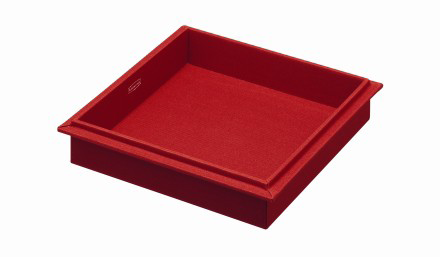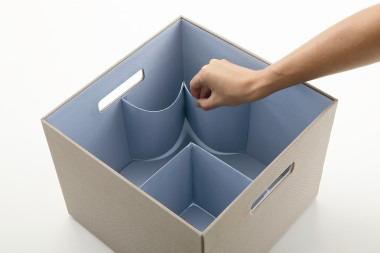
For the past few weeks, our news has been filled with weather related emergencies, family’s homes being devastated, and natural disasters. On any given day, we could be faced with the unexpected in a significant way. In case of emergency, we want to have access to the very important papers we need to assist those we love. To be prepared, here is a list of documents and storage options for security and access.
Personal records such as birth certificates, adoption papers, citizenship records, marriage certificates, divorce documents, military service records, passports and social security cards should be stored in a safe or safe deposit box. If you will need to refer to these items, make a copy and store them in your filing cabinet, listing the specific name of the item on a file folder in your “Personal” file drawer.
Tax returns are required by law to be retained permanently. The supporting tax information must be retained for 7 years. (Although the IRS can only audit returns for the previous three years, many exceptions can extend the deadline.) Keep tax returns separately from your supporting documents. These can be kept in an attic or the bottom drawer of your file cabinet.
For life insurance policies, you must retain the initial policy as well as any addendums. Keep these originals together, each in a file labeled with the name of the insurance company on the file folder, in a safe in your home. Keep a list of the policy numbers and insurance companies in a file in your “Financial” file drawer, labeling the file “Insurance – Life”. Any payments for these policies can also be kept in the “Financial” drawer.
Legal documents, such as power of attorney and wills, should be kept in a safe in your home and at your attorneys. Give a copy of the document to the executor and family members. Do not keep these in a safe deposit box, as this may be sealed when the box owner dies.
Property information for your home and auto, such as the deed to your home, mortgage, or car title, should be kept in a safe or safe deposit box. For home repair and maintenance bills, keep these in a filing cabinet labeled “Home Repair” in the “Home/Auto” file drawer. For auto repair and maintenance, label these “Auto-(name of car)”, and also keep these in the “Home/Auto” file drawer.
A household inventory is important in the event of a home catastrophe. Your insurance provider will need proof of loss in the event of a fire, flood, or robbery. Videotape or photograph your possessions. Place the photos in a notebook with receipts and appraisals for expensive items. In the video or notebook, categorize the items in your home by room. Keep the video or notebook in a safe or safe deposit box.
If your wallet is lost or stolen, it is important to keep a copy of the contents. Using a copy machine, photocopy the front and back of your credit cards, driver’s license, insurance cards and all else in your wallet. Store the copies in a file folder labeled “Wallet- (your name)” in your “Personal” file drawer.
September is National Preparedness Month. By organizing your documents in case of a family emergency, you will feel peace of mind and security. Your family will appreciate your efforts on their behalf!








